Harriet Tubman, born Araminta Ross, was an American abolitionist and political activist. Born into slavery, Tubman escaped and subsequently made some thirteen missions to rescue about seventy enslaved people, family and friends, using the network of antislavery activists and safe houses known as the Underground Railroad. Take a look below for 30 more interesting and awesome facts about Harriet Tubman.
1. She helped abolitionist John Brown recruit men for his raid on Harpers Ferry.
2. During the Civil War, Tubman served as an armed scout and spy for the United States Army.
3. In her later years, Tubman was an activist in the struggle for women’s suffrage.
4. Born a slave in Dorchester County, Maryland, Tubman was beaten and whipped by her various masters as a child.
5. Early in life, she suffered a traumatic head wound when an irate slave owner threw a heavy metal weight intending to hit another slave and hit her instead. The injury caused dizziness, pain and spells of hypersomnia, which occurred throughout her life.
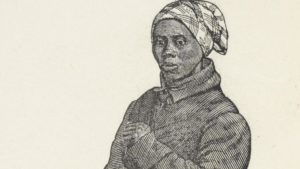
6. She was a devout Christian and experienced strange visions and vivid dreams, which she ascribed to premonitions from God.
7. In 1849, Tubman escaped to Philadelphia, then immediately returned to Maryland to rescue her family.
8. One group at a time, Tubman brought relatives with her out of the state, and eventually guided dozens of other slaves to freedom.
9. Traveling by night and in extreme secrecy, Tubman, or “Moses” as she was called, never lost a passenger.
10. After the Fugitive Slave Act of 1850 was passed, she helped guide fugitives farther north into British North America, and helped newly freed slaves find work.
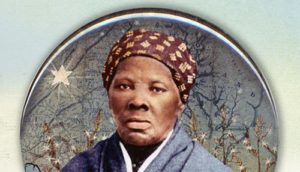
11. Tubman met the abolitionist John Brown in 1858, and helped him plan and recruit supporters for the raid on Harpers Ferry.
12. When the Civil War began, Tubman worked for the Union Army, first as a cook and nurse, and then as an armed scout and spy.
13. The first woman to lead an armed expedition in the war, Tubman guided the raid at Combahee Ferry, which liberated more than 700 slaves.
14. After the war, she retired to the family home on a property that she had purchased in 1859 in Auburn, New York, where she cared for her aging parents.
15. Tubman was active in the women’s suffrage movement until illness overtook her and she had to be admitted to a home for elderly African Americans that she had helped to establish years earlier.
16. After she died in 1913, she became an icon of American courage and freedom.
17. Tubman was married to John Tubman when she was about 24 years old. John was a free black man.
18. The tales of her exploits reveal her highly spiritual nature, as well as a grim determination to protect her charges and those who aided them. She always expressed confidence that God would aid her efforts, and threatened to shoot any of her passengers who thought to turn back.
19. Tubman’s husband died during the Civil War. She later married Nelson Davis.
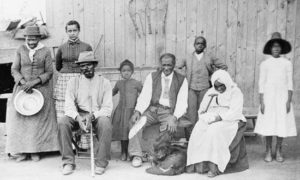
20. After the outbreak of the Civil War, Tubman became a soldier, spy and a nurse.
21. Tubman was successful as a nurse due to her ability to cure men of dysentery by using native herbs.
22. Despite being the first woman to lead an armed expedition in the Civil war, she was denied payment for her wartime service. Tubman fought for a military pension, but was only able to get a widow’s pension of $20 per month on account of her second husband’s service.
23. After the war ended, Tubman helped a biographer publish her life story.
24. In her later years, Tubman worked to promote the cause of women’s suffrage. She traveled to New York, Boston and Washington, D.C. to speak out in favor of women’s voting rights. When the National Federation of Afro-American Women was founded in 1896, Tubman was the keynote speaker at its first meeting.
25. She helped organize the African Methodist Episcopal Zion Church.
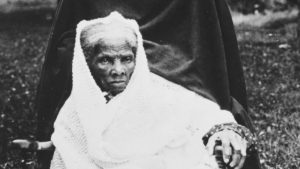
26. At some point in the late 1890s, she underwent brain surgery at Boston’s Massachusetts General Hospital as she was unable to sleep because of pains and “buzzing” in her head. She refused to be given anesthesia. Instead, she chewed a bullet during her surgery. She had seen the Civil War soldiers do this when their limbs had to be amputated.
27. Tubman spent her last years in a home called the “Harriet Tubman Home for Aged and Indigent Negros”, which she established in Auburn, New York.
28. She died on March 10, 1913, after suffering from pneumonia.
29. After her death, Tubman was buried in Fort Hill Cemetery in Auburn with military honors.
30. John Brown called her “General Tubman.”

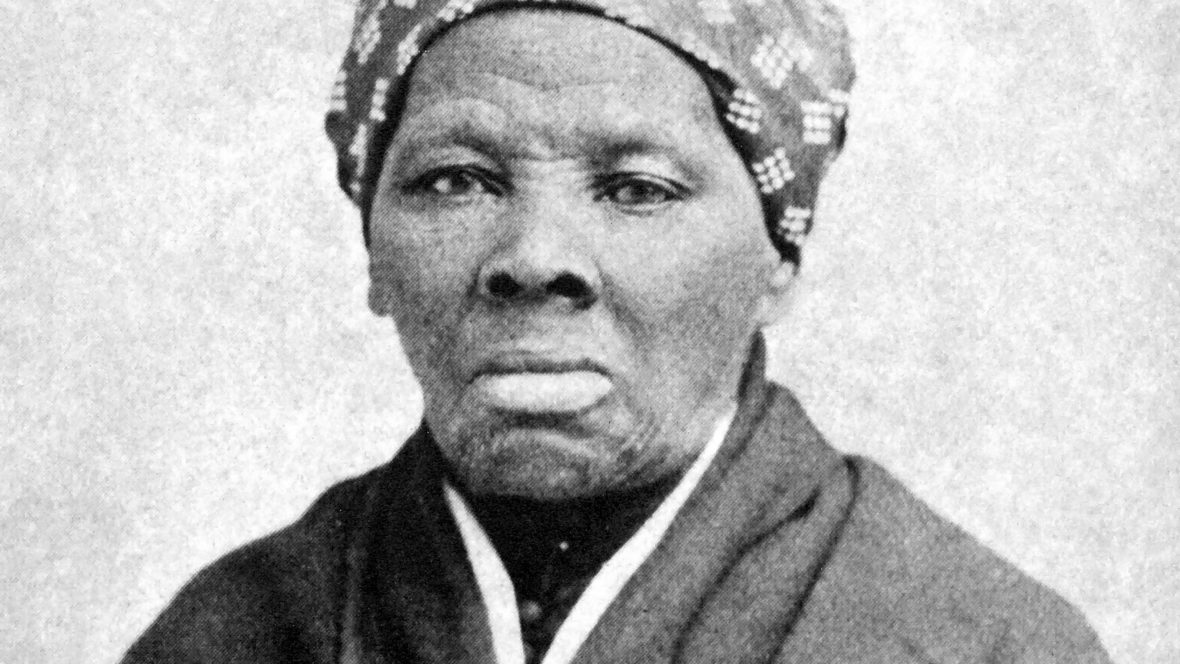



One Comment
Jesieka ledgester
February 5, 2020 at 9:37 pmTrue
Love her she inspires me